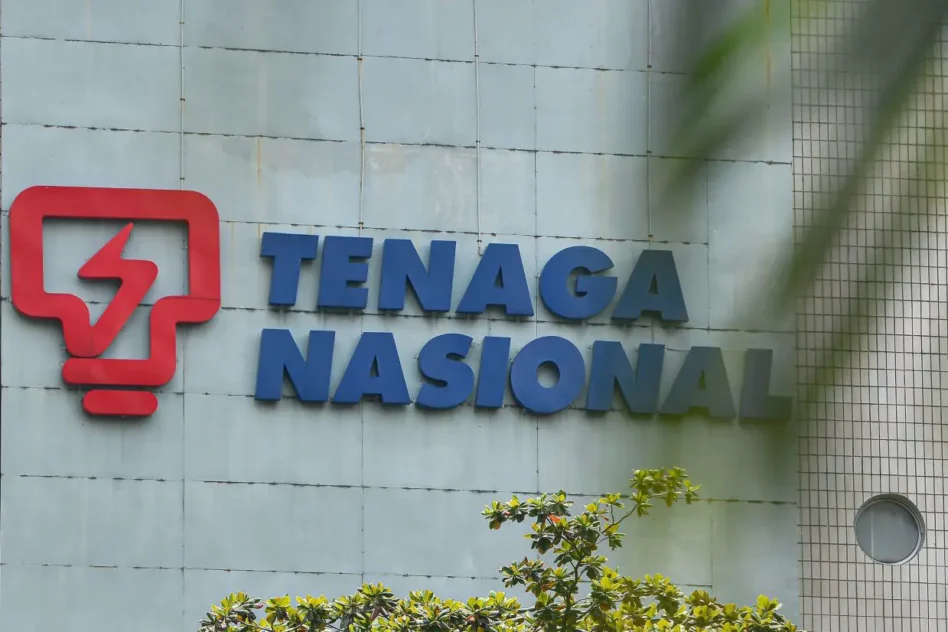WHILE there is limited risk of Malaysia being exposed to runaway inflation this time around, pressure will continue to mount over the next several months with the underlying factors remain fully at play.
In fact, the country is unlikely to see significant easing of price pressures on the global basis in the near term even though some easing of supply chain issues and the subsequent lower freight costs will provide some offset, according to CGS-CIMB Research.
“Nevertheless, the multitude of measures announced by the Government could mitigate the global price fluctuations seeping into the domestic side,” opined economist Nazmi Idrus. “The Government has been known to be fairly effective in managing price pressures with measures ranging from price controls to higher subsidy allocations.”
On the overall, CGS-CIMB Research foresees consumer price index (CPI) inflation at 2.5% year-on-year (yoy) in 2022.
“Our current forecasts include the adjustments to more persistent commodity prices as well as recent developments including the price controls and higher TNB (Tenaga Nasional Bhd) tariff for non-domestic users,” noted the research house.
“However, the commodity price outlook remains a major factor and if our assumptions of milder prices in 2H 2022F do not materialise, we could revise our inflation forecast higher.”
In recent months, food prices are driving inflation. Looking deeper, the price increase has largely been driven by several key food items, namely meat and vegetables, and to some extent eggs and cooking oils.
“For meat, the increase was led by rising operating costs resulting from food chain problems such as high input costs and logistics as well as high demand,” observed CGS-CIMB Research.
“Similarly, vegetable prices were affected by unfavourable weather and higher fertiliser & pesticide costs. In addition, food import dependency ratio is high for products such as beef, milk, chillies and cabbage which make them susceptible to higher import prices.”
Below are some near-term upward price pressures identified by CGS-CIMB Research:
- Higher electricity prices for non-domestic users: The Government decided to raise prices for non-domestic users from a rebate of 2.00sen/kWh in July 2021 to a surcharge of 3.70sen/kWh effective February to June 2022 period. Prices for domestic users remain unchanged.
- Elevated crude oil prices: As of mid-February, Brent oil spot price is trading at over US$90/ barrel, relative to US$72/barrel 2021 average. As a result, higher oil prices will be reflected in higher RON97 retail price. In addition, price effects will also come through from the rise in shipping and imported product costs.
- Imported costs remain high: In particular, high fertiliser and pesticide costs which are key inputs for fresh vegetables remain amid high demand from other agricultural segments. Similarly, price pressures are seen in broiler and eggs as animal feed costs increase following rise in prices of imported corn and soybean meal.
- Delays in foreign worker intake may continue to exert pressure on wages as companies try to entice workers to meet the high demand. In return, companies may transfer these costs to consumers.
- Damage inflicted by floods will likely exert some pressure on inflation in the near term amid interruptions for production and logistics as well as repair and replacement efforts. A sudden surge in demand for the repair of flood-damaged vehicles lifted the inflation for repair and maintenance of personal transport to 4.1% yoy in December, the strongest pace since December 2017.
- Second-round effects of higher inflation will likely broaden into other products and services, further putting pressure on prices. – Feb 15, 2022









